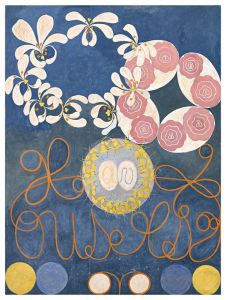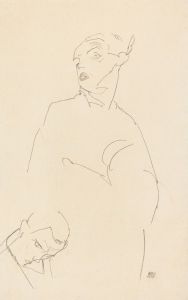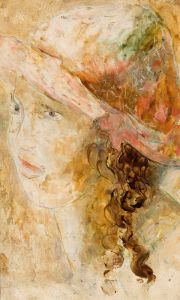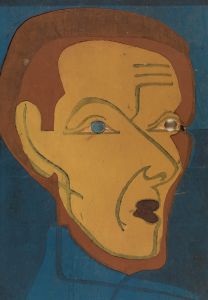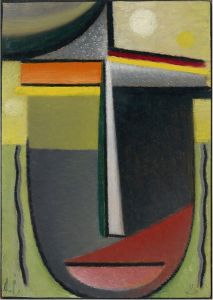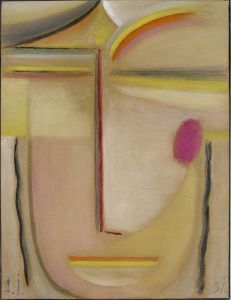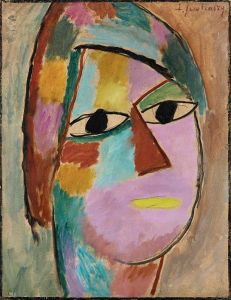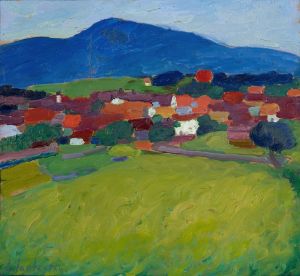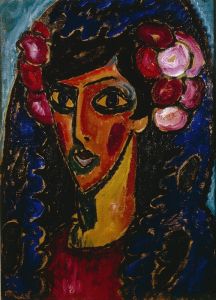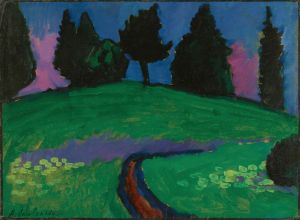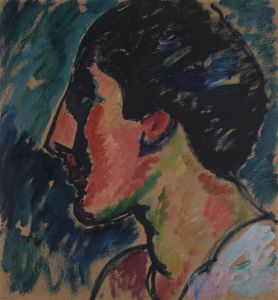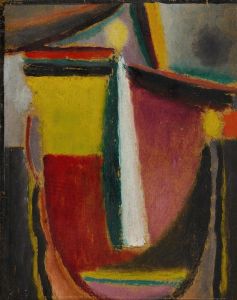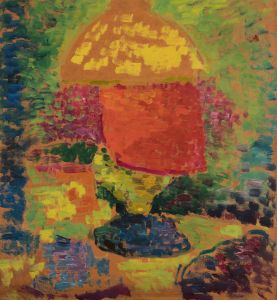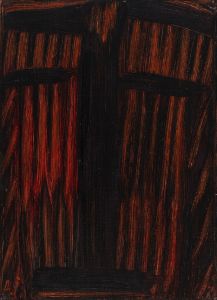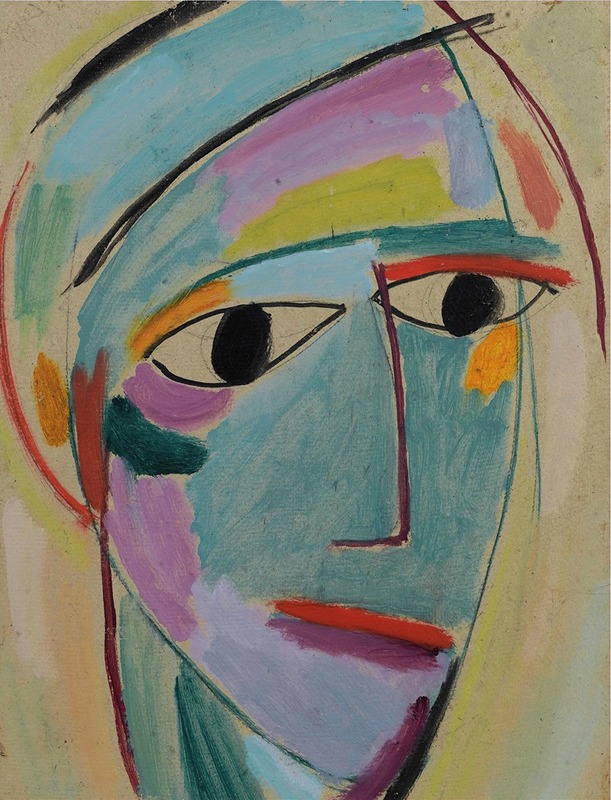
Mystical head, Three-quarter profile
A hand-painted replica of Alexej von Jawlensky’s masterpiece Mystical head, Three-quarter profile, meticulously crafted by professional artists to capture the true essence of the original. Each piece is created with museum-quality canvas and rare mineral pigments, carefully painted by experienced artists with delicate brushstrokes and rich, layered colors to perfectly recreate the texture of the original artwork. Unlike machine-printed reproductions, this hand-painted version brings the painting to life, infused with the artist’s emotions and skill in every stroke. Whether for personal collection or home decoration, it instantly elevates the artistic atmosphere of any space.
Alexej von Jawlensky was a Russian expressionist painter, known for his vibrant use of color and his exploration of the human face as a subject. One of his notable works is "Mystical Head, Three-quarter Profile," which exemplifies his unique approach to portraiture and his interest in spirituality and abstraction.
Jawlensky was born in 1864 in Torzhok, Russia, and began his artistic career in the late 19th century. He moved to Munich in 1896, where he became associated with the avant-garde movement and met other influential artists, including Wassily Kandinsky. Together, they were part of the Munich-based group known as the Blue Rider (Der Blaue Reiter), which played a significant role in the development of expressionism.
"Mystical Head, Three-quarter Profile" is part of a series of works that Jawlensky created during the 1910s and 1920s, often referred to as his "mystical heads" or "abstract heads." These paintings are characterized by their stylized and abstracted depiction of the human face, focusing on the spiritual and emotional essence rather than realistic representation. Jawlensky's use of bold colors and simplified forms in these works reflects his interest in conveying inner experiences and emotions.
The painting "Mystical Head, Three-quarter Profile" features a face in a three-quarter view, a common pose in portraiture that allows for a more dynamic composition. The face is rendered with simplified shapes and vibrant colors, creating a sense of harmony and balance. Jawlensky's use of color is particularly noteworthy; he often employed contrasting hues to evoke emotional responses and to emphasize the spiritual dimension of his subjects.
Jawlensky's mystical heads are often seen as a reflection of his personal spiritual journey. Influenced by Eastern philosophies and theosophy, he sought to express the universal and the transcendent through his art. The abstracted faces in his mystical heads series are not meant to represent specific individuals but rather to symbolize the inner spiritual life of humanity.
Throughout his career, Jawlensky continued to explore the theme of the human face, gradually moving towards greater abstraction. His work had a significant impact on the development of modern art, influencing later movements such as abstract expressionism. Despite facing personal and professional challenges, including the upheaval of World War I and the rise of the Nazi regime in Germany, Jawlensky remained committed to his artistic vision.
"Mystical Head, Three-quarter Profile" is a testament to Jawlensky's innovative approach to portraiture and his dedication to exploring the spiritual dimensions of art. Today, his works are held in major museums and collections worldwide, appreciated for their bold use of color and their profound exploration of the human spirit.





